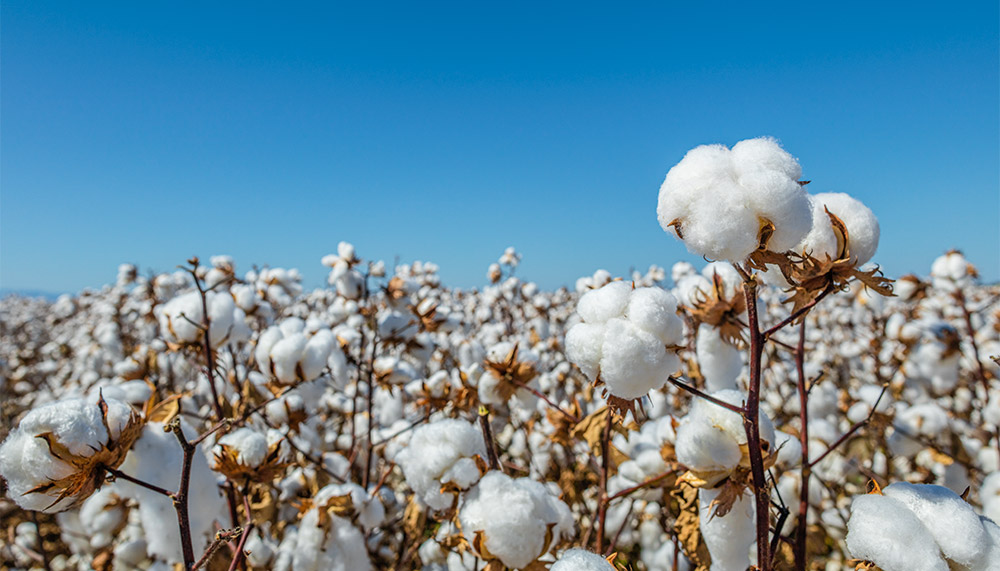Australia has the most efficient cotton industry in the world, and it’s spreading its branches into exciting new territory.
Story Ken Eastwood Photo Josh Smith
When Jenna Bell was growing up, starting hundreds of siphons on her family’s irrigated farm was a compulsory, regular chore. The technique is pretty simple, with one hand sealing the end of the pipe as you move it over the irrigation channel bank to the field being irrigated, and once a child’s hand is big enough, they’re considered part of the crew. “If we were watering on Christmas day, there were no presents until we’d started all the siphons,” Jenna says. “It was always a surprise what would come out with the water – yabbies, mice and spiders and the occasional snake.”
At that stage, her family grew corn, sunflowers and rice on the farm in Whitton, in the Riverina, southern NSW. No one in the area grew cotton – it had been tried a couple of times, but never with much success, and the nearest gin was at Trangie, more than 400km away.
Over the past 13 years, however, the area has radically changed. Cotton is now the bonanza crop grown by most irrigation farmers in the area, including Jenna and her family. She is now the operations manager at Whitton’s Southern Cotton gin, started in 2011, which processes up to 300,000 227kg bales of cotton a year from 65 growers as far south as Deniliquin.
Four years ago, Jenna and her husband Andrew began growing cotton themselves, and they’ve designed, built and sell an automated watering system through their company Bidgee Automation that they can run from their iPads, so irrigation farmers don’t have to manually start siphons anymore. “They’re in pretty high demand,” Jenna says.
Over the past 15 years, cotton has been spreading roots into new soils. While the heart of the industry remains in northern NSW and southern Queensland in strongholds such as Narrabri, Wee Waa, Warren, St George, Moree and Goondiwindi, the tendrils are reaching out to far-flung places like the Kimberley and the NT, Hay down south and Wrotham Park station, north of Chillagoe in Far North Queensland (see Station story, issue 146). It’s requiring new varieties and some innovative new methods, but growers are attracted because cotton is in high demand across the world, and the returns to growers in a good year beat pretty much any other crop.
This story excerpt is from Issue #148
Outback Magazine: April/May 2023










